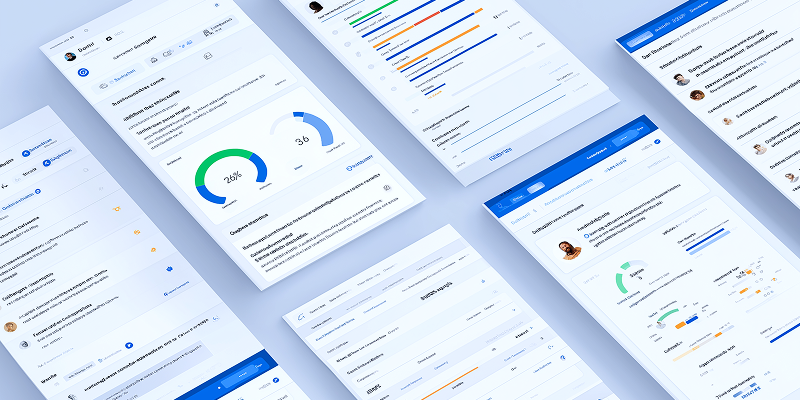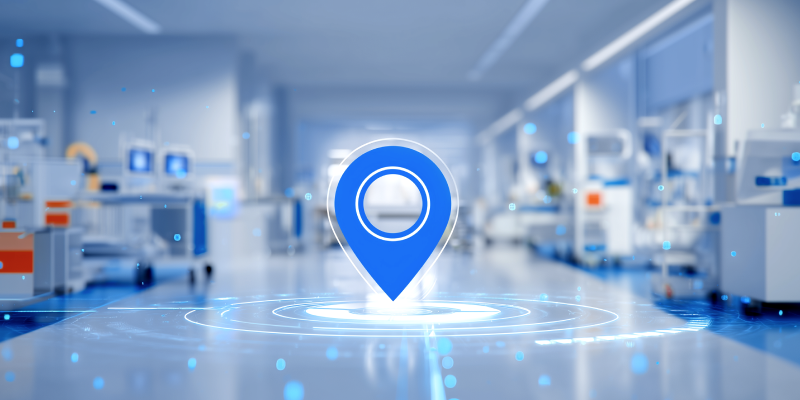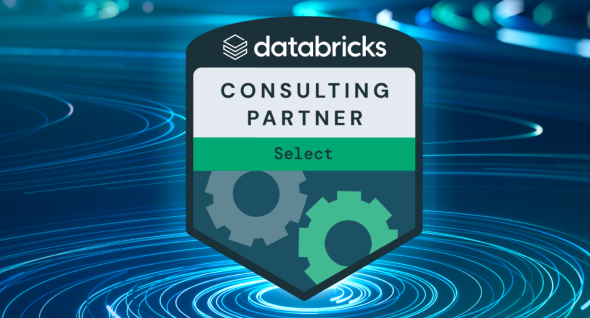
Why Healthcare Companies Are Slow to Adopt Modern Data Platforms (and How to Fix It)
Healthcare data is exploding in size and complexity — but traditional systems are ill-equipped to manage it. Modern data platforms fix the most vexing problems, supporting real-time clinical decisions, personalized treatment, and population health analytics. They also meet HIPAA and GDRP requirements. If they are so great, why aren't more companies using them? The truth is, most healthcare companies want innovation, but they are constrained by:
- Legacy systems
- Regulatory pressures
- Cultural inertia

5 big challenges
Healthcare companies juggle many priorities. They need to understand patients, manage budgets, scale operations, reduce risks, and launch data initiatives. Five challenges stand in the way.
Data is often siloed, with different standards across clinical, operational, and research sources.
It’s hard to integrate and analyze multi-modal data, such as genomics, imaging, or wearables.
On-premises data processing and storage costs are on the rise.
Managing patient data privacy and access is complex.
Provisioning cycles are long and lack flexibility.
Transform your data with a unified, governed approach
Move from reactive to predictive. Use real-time, up-to-date data instead of static information. The right data platform strategy scales with demand, protects sensitive information, and lets every team, from engineers to clinical researchers, work off one trusted source of truth.
Success stories

Open-care platform
A global healthcare company transformed its operations with a platform approach to support lifestyle and prescription programs and make it easier to share research data. Because the company used the platform in over 50 countries, it was unified with a highly configurable infrastructure and supported local regulations and privacy rules.
Coordinated care
A global healthcare and pharmaceutical company enhanced disease management using a digital platform. The solution included a coaching portal, patient app, and admin portal to provide coordinated, patient-focused care. This approach improved treatment adherence and equipped caregivers with helpful, data-driven tools.

Governance is a pillar
Real-time meets research-grade analytics
Built for scale and people
Maximize resources, accelerate innovation
High-impact use cases
Federated learning for collaborative research
Train ML models without sharing sensitive patient data.
Real-time remote patient monitoring (RPM)
Stream and analyze data in real-time to support early interventions.
Precision and personalized medicine
Combine genomic, diagnostic, lifestyle, and environmental data to create personalized care plans.
Real-time operational intelligence
Track and manage KPIs like bed occupancy, staffing, supply chain, and readmissions.
Global public health and compliance reporting
Standardize data across systems and locations to support reporting and policy responses.
Digital decentralized clinical trials
Recruit, engage, and collect trial data remotely to reach more people.
The path forward
Healthcare and life science companies need better data infrastructure. A unified platform powered by Databricks makes this possible by giving IT and data leaders the tools to turn blockers into opportunities:
- Legacy systems: Integrates seamlessly with existing infrastructure, enabling modernization without the need for a complete overhaul.
- Regulatory pressures: Comes with enterprise-grade governance tools.
- Cultural inertia: Fosters a data-driven culture and promotes collaboration between teams.
SoftServe is now a Databricks Select Consulting Partner! Together, we’re empowering businesses to scale smarter with lakehouse architecture, maximizing the value of their data and accelerating AI innovation.


